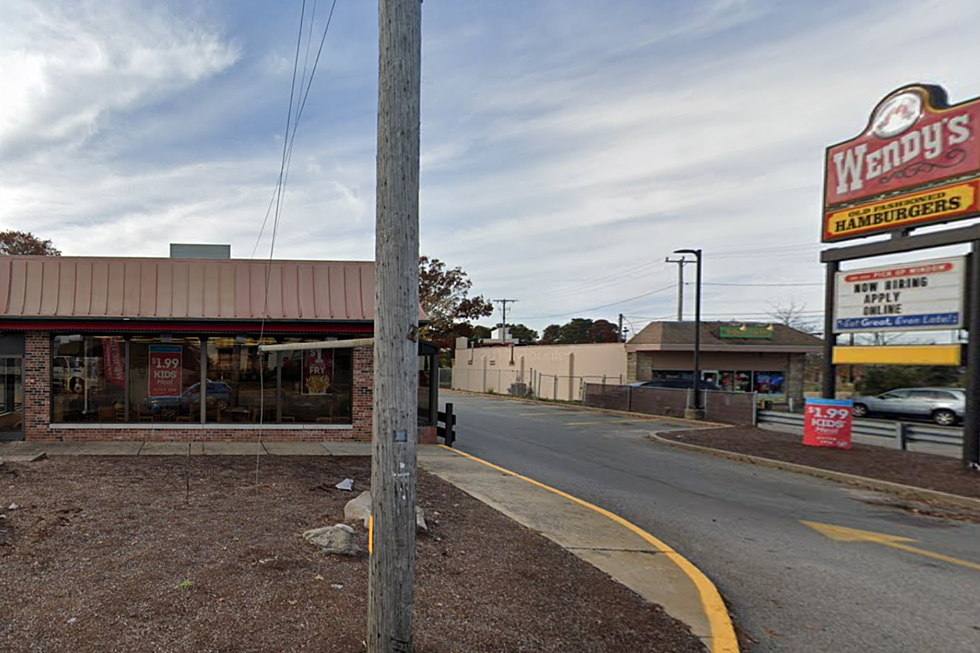Do You Remember Wendy’s SuperBar?
After all the changes that have taken place in the restaurant industry since the start of the COVID-19 pandemic, it’s hard to imagine all-you-can-eat buffets making a comeback anytime soon, if at all.
But if buffets are really going to be a thing of the past, it’s worth taking a trip down memory lane and remember how they came about in the first place.
The 1980s ushered in the era of the salad bar, where patrons could design their own pre-dinner grazing, but restaurants felt like they had to up their game and add more and more items to the salad bar. Soon, patrons were ordering just that and making a meal out of it.
Restaurants such as York Steakhouse and Ponderosa began incorporating more smorgasbord-style buffets, and the amount of offerings they had increased proportionally with our rising national obesity rate.
But one fast-food chain decided to get into the all-you-can-eat game and did it with an offering that was legendary for its divisiveness.
I’m talking, of course, about Wendy's SuperBar.
Many Wendy’s were already offering a “potato bar,” allowing patrons to top the chain’s baked potatoes with a variety of fixings. Chili, shredded cheese, bacon bits, cheese sauce, steamed broccoli – there were quite a few offerings, and now and then, a little of that chili or some of those bacon bits might’ve ended up on a Dave’s single, too, if the manager wasn’t looking.
But in the late 1980s, Wendy’s went all-out on all-you-can-eat and launched the SuperBar. In participating restaurants, a three-part buffet area was constructed. The three sections were the “Garden Spot,” with multiple offerings to create a salad or for topping your potato (and some pudding or jello for dessert); the “Mexican” section, where you could make your own hard or soft shell taco, including options such as rice and refried beans, along with a pot of Wendy’s chili; and the “Italian” section, which consisted of linguini and rotini pasta along with your choice of meat sauce, marinara (that, for some reason, was spicier than the chili) or alfredo sauce, along with Wendy’s version of breadsticks.
Now at first, the SuperBar seemed like pure genius. Extra hamburgers were chopped up into the chili, into the meat sauce, and ground up for tacos. The “breadsticks” were actually just hamburger buns toasted on the grill and sliced. And it started off at just $2.99, making it an easy add-on for just about any purchase.
At the time of the SuperBar, most Wendy’s still had the “atrium” look at the front of the restaurant, with the glass windows extending from floor to ceiling. With your garden salad and your linguini alfredo, you could sit in that section and feel like you were dining in the most budget version of an Italian al fresco café imaginable. Ok, that might be a stretch, but it was still fancier than Burger King’s ill-fated attempt at table service back in the early ‘90s.
Wendy’s got rid of the SuperBar by 1998, because apparently it was too much work for employees to keep refilling the offerings and the patrons were getting a little too good of a deal, eating so much that it was no longer profitable for Wendy’s to keep it going. Some downsized to just a salad bar, but most got rid of it altogether.
It’s been over 20 years since we could pop into Wendy’s and get an all-you-can-eat meal (along with a 99-cent Biggie soda) for under $5. We’re probably better off for it, and our memories of the SuperBar are probably far more delicious than any of the food actually was.
50 Famous Brands That No Longer Exist

More From WBSM-AM/AM 1420


![Something Smells Rotten in Atlanta [OPINION]](http://townsquare.media/site/518/files/2020/06/GettyImages-1250137046.jpg?w=980&q=75)
![I Hate Myself for Loving the KFC Chicken and Donut Sandwich [VIDEO]](http://townsquare.media/site/519/files/2020/02/KFC.png?w=980&q=75)
![Popeyes BYOB Is a Brilliant Idea [OPINION]](http://townsquare.media/site/518/files/2019/09/GettyImages-643471714.jpg?w=980&q=75)



![Who Has the Best Tasting Fries? [PHIL-OSOPHY]](http://townsquare.media/site/518/files/2019/02/GettyImages-912712704.jpg?w=980&q=75)
